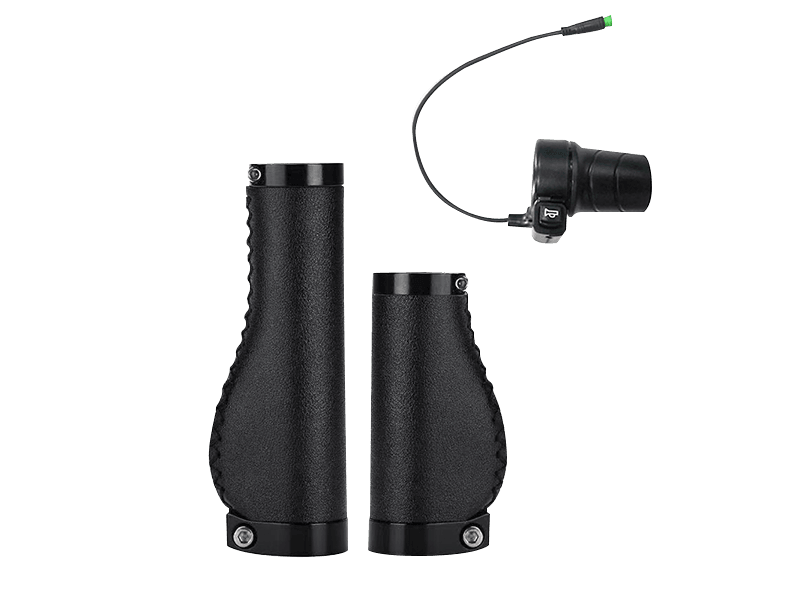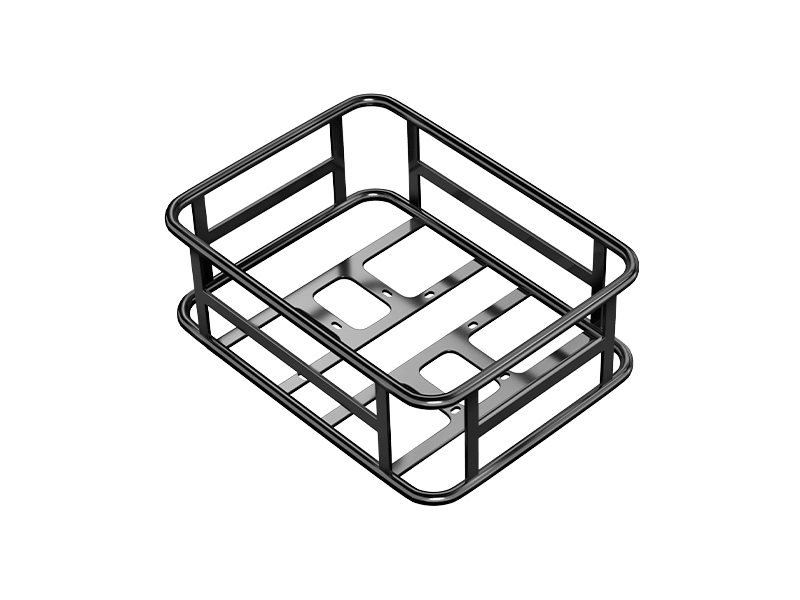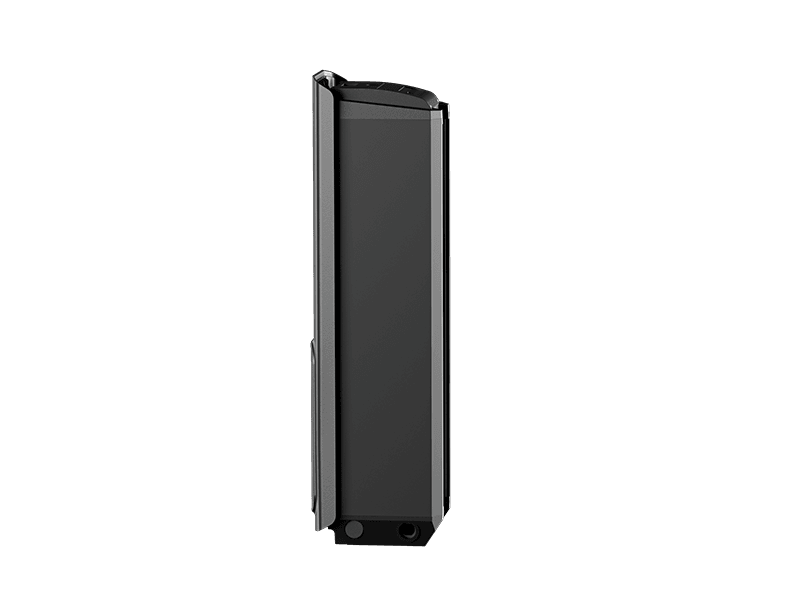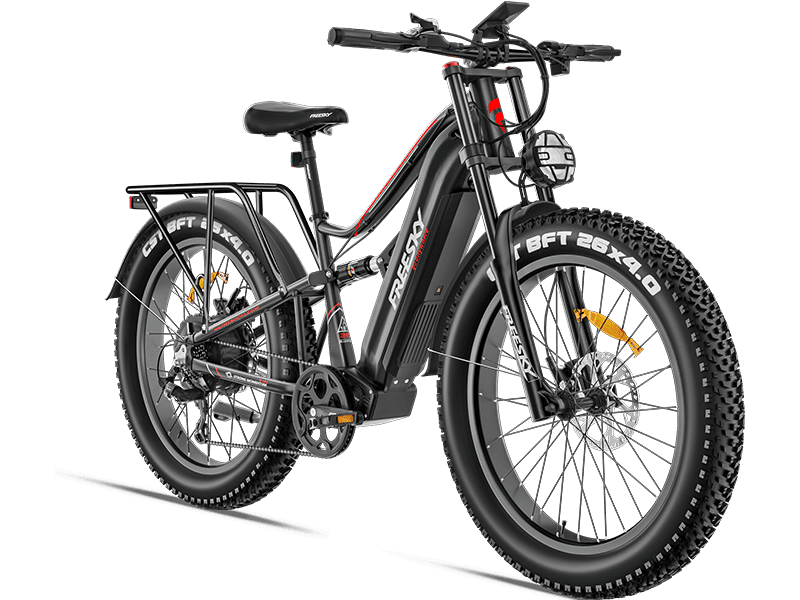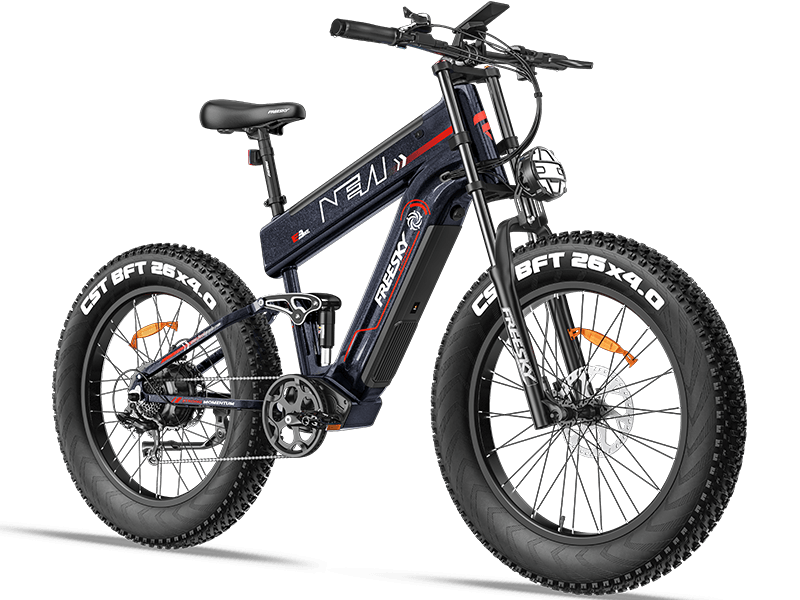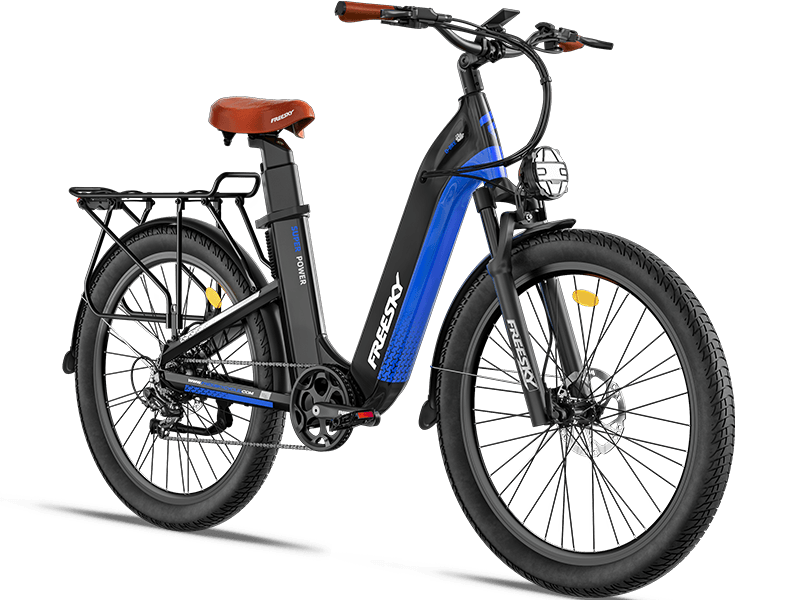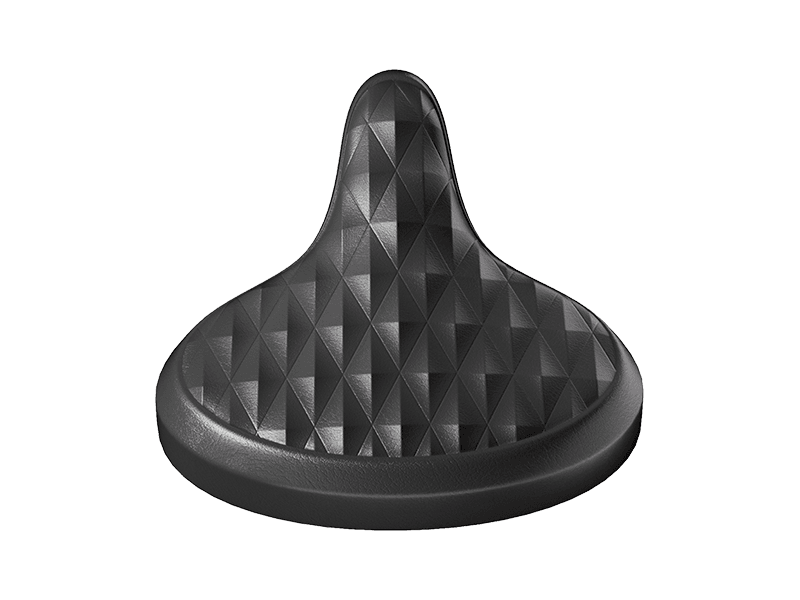One of the Fastest E-Bikes in 2025: FREESKY Cheetah M-380 Dual Motor
SEP 08, 2025
When discussing the fastest e-bikes of 2025, many premium models like the Stealth B-52 or HPC Revolution easily reach 50–60 mph, but they come with eye-watering prices exceeding $10,000.
Enter the FREESKY Cheetah M-380: an all-terrain Electric Motorbike that delivers 38+ mph top speed, extreme torque, and up to 150 miles of range — at just a fraction of those high-end prices. It’s a machine that rivals an Electric Dirt Bike, while staying versatile enough for everyday rides.
⚡ Thrilling Speed Experience
The Cheetah is equipped with dual peak 2000W brushless motors (peak 4000W, 100 N·m ×2 torque), pushing real-world speeds up to 38+ mph under optimal riding conditions.
Riders can switch between single-motor mode for efficiency and dual-motor mode for maximum acceleration and climbing — conquering hills up to 40° with confidence. The upgraded dual controller (48V/22A+22A) ensures smooth acceleration and stable handling even at high speeds.
🔋 Ultra-Long Range Battery
Power comes from a massive 48V 60Ah lithium battery, paired with a 5A smart charger:
- 90–150 miles depending on riding mode
- 8–10 hours full recharge time
This high-capacity battery eliminates range anxiety, giving you the freedom for extended commutes, trail exploration, or weekend road trips.
🔒 Safety at High Speeds
High performance demands premium safety. The Cheetah is equipped with:
- 4-piston hydraulic brakes with oversized 180mm rotors
- 800 lumen LED headlight for clear night visibility
- Reinforced 6061 aluminum EMTB frame for stability
Whether on city streets or rugged terrain, riders can brake with confidence and ride with peace of mind.
🚵 Comfort Meets Off-Road Power
The Cheetah’s suspension system is built for adventure:
- Downhill double-shoulder front fork (120mm travel)
- Rear triple suspension system for maximum shock absorption
- 20×4.0 inch fat tires for snow, sand, mud, or gravel
Combined with a long saddle and spoke wheels, it ensures stability and comfort for riders between 5'4" and 6'5", supporting up to 350 lbs.
💡 Smart Riding Tech
Stay in control with the LCD color display, showing speed, battery level, pedal assist (0–5), and dual-motor status. The system integrates modern e-bike intelligence with rugged durability, offering both convenience and reliability.
⚖️ Legal Awareness
While the Cheetah is thrilling, riders must be aware of local e-bike regulations:
- U.S.: Varies by state (Class 1–3 limits)
- Canada & other regions: Check speed restrictions before riding on public roads
For maximum enjoyment, high-speed dual-motor mode is recommended for private land or off-road terrain.
💲 Exceptional Value
Many “fastest e-bikes” cost upwards of $10,000. The FREESKY Cheetah M-380 delivers:
- 38+ mph top speed
- 90–150 mile range
- Peak 4000W dual-motor power
- Advanced suspension, braking & safety features
All at a price point far below luxury competitors — making true high-speed adventure more accessible than ever.
✅ Final Verdict
The FREESKY Cheetah M-380 is one of the fastest e-bikes in 2025, combining:
- Thrilling 38+ mph speed
- Long-distance 48V 60Ah battery
- Rugged off-road suspension and fat tires
- Premium braking and safety
- Outstanding value compared to ultra-expensive electric dirt bikes
👉 Don’t miss future updates. Subscribe to the Freesky Newsletter and be the first to know when the Cheetah officially launches.


